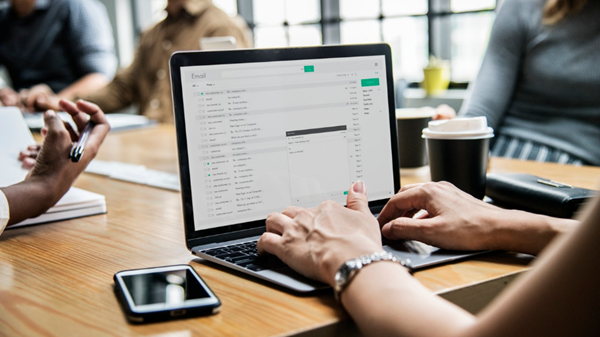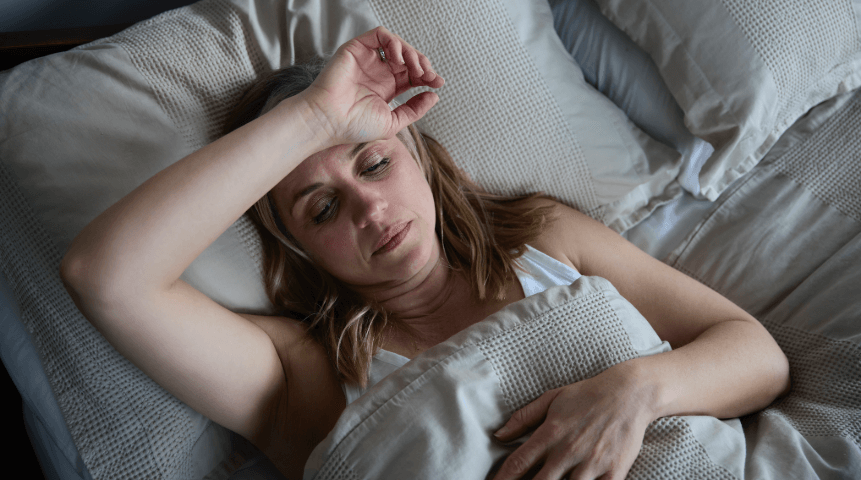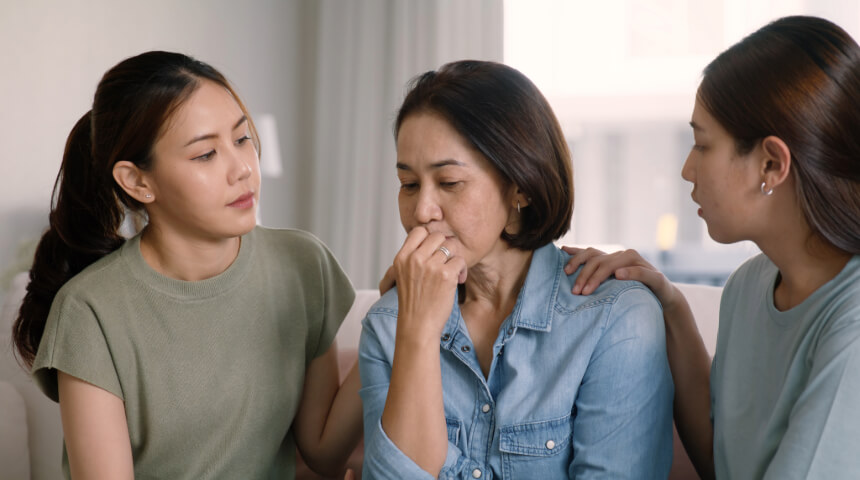In middle school health classes, embarrassed students watch movies showing menstruating teenage girls and women happily living active lives. In truth, some of us are crippled by severe cramping during each cycle, affecting our quality of life.
That’s not right. You shouldn’t feel so wiped out by your period that you need to miss school, work or family responsibilities because of it.
Be your own advocate. If you experience severe pain during menstruation, find the cause and ways to fix the problem.
Why Are Periods Painful?
Painful periods can start as early as first menarche — a girl’s first cycle. In most cases, they begin sometime after that during reproductive years — during the 20s and 30s or even when women are in their 40s and perimenopausal.
Painful periods are called dysmenorrhea, and they can be caused by a variety of factors, including:
- Endometriosis. The uterine cavity is lined with a tissue called endometrium, which is what you shed when you menstruate. With endometriosis, that tissue starts growing on the outside of the uterus, possibly reaching the ovaries, fallopian tubes, bowels, bladder or other organs. That can cause pain during menstruation, and at other times too.
- Adenomyosis. With adenomyosis, the lining grows into the muscle layer of the uterus, called the myometrium, which can cause painful periods.
- A combo. With advances in imaging, physicians are now finding crossovers where women have endometriosis and adenomyosis going on at the same time.
- Fibroids. Fibroids are non-cancerous growths, or tumors, of the uterine muscle cells. Some are asymptomatic and therefore not bothersome. Others cause heavy bleeding, including clots. The uterus is a muscle (technically a muscular organ), and it contracts to push out those clots. The contractions are cramps that can cause painful menstrual cycles.
- Primary dysmenorrhea. When doctors find no specific cause for painful periods, they use the term “primary dysmenorrhea” as a diagnosis. In these cases, your pain might come from “inflammatory mediators” caused by substances such as prostaglandins, in which when the uterine muscle contracts, it causes cramps.
How Doctors Diagnose Painful Periods
If your doctor doesn’t ask if you feel pain when you menstruate, volunteer the information. A general practitioner or gynecologist usually can help you find a solution. Otherwise, seek out a specialist.
In most cases, your doctor will ask for a thorough history of your health. Then, during a physical exam, feel around for fibroids or an enlarged uterus. You might be sent for an imaging test such as an ultrasound or MRI for a detailed look at your reproductive organs. If the physician needs more information, they may suggest exploratory laparoscopic surgery. In that case, during an outpatient treatment, the doctor will make small incisions in your belly, then use a camera to look inside for possible issues.
How To Prevent and Treat Painful Periods
Here’s what you really need to know. Depending on the cause, and your preference, you often can tend to your painful periods with holistic treatments, non-surgical medical solutions and minimally invasive surgical alternatives.
Nonsurgical ways to treat painful periods. If you’re not too incapacitated from painful periods, any of these simple steps might make you feel better:
- Over-the-counter painkillers like aspirin, ibuprofen, naproxen or acetaminophen, which decrease pain and/or reduce inflammation
- Dietary changes such as less caffeine and alcohol
- Foods that reduce inflammation including turmeric
- A heating pad over your midsection
- Acupuncture and acupressure treatments
- Aerobic exercise, which reduces stress hormones that can increase pain
- Hydration, since studies have shown menstruation pain is lower when women are well-hydrated.
- Certain herbal teas and supplements
- Nerve stimulation using a TENS device (transcutaneous electrical nerve stimulation), which can temporarily ease pain. They are sold to consumers in stores and online.
Medical ways to treat painful periods. These common treatments often lessen menstrual pains significantly:
- Birth control pills, birth control vaginal rings and hormonal IUDs have estrogen and progesterone/progestin, or progestin alone. These elements can lead to less pain, or even have you skip some monthly cycles altogether.
- Minimally invasive surgeries might remove the cause of the pain. For example, during a myomectomy, your doctor will remove fibroids robotically and laparoscopically, but leave the uterus in place. In the case of endometriosis disease, the doctor will remove the endometriosis.
- In certain cases, women who are planning to have no more children might opt for a hysterectomy — a surgery that removes the uterus.
Step Up to Healthy Living with Health Beat
At Orlando Health, we want to help you live a healthy, balanced life. Sign up today to have Health Beat delivered to your inbox on a bimonthly schedule.
Sign Up










